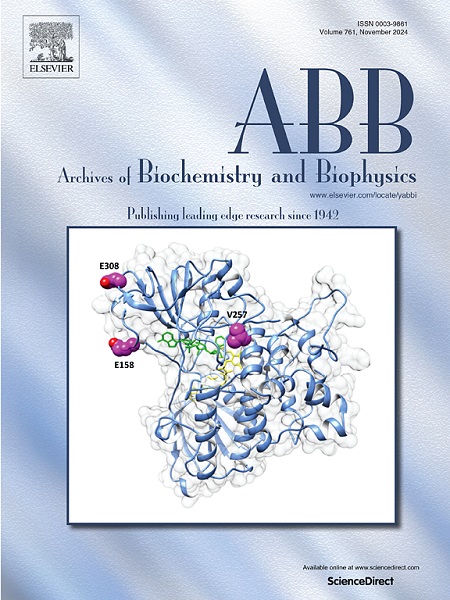用氧气、医用氧化亚氮和一氧化碳混合气体对离体大鼠心脏进行长期低温保存的效果。
IF 3.8
3区 生物学
Q2 BIOCHEMISTRY & MOLECULAR BIOLOGY
引用次数: 0
摘要
探讨了氧-氧化亚氮混合物延长大鼠心脏低温保存24小时的可能性。比较分析不同气体(O2、N2)和混合气体(CO+O2、N2O+O2、N2+O2、N2O+N2) +4℃24小时保存组心脏功能活动恢复情况。结果表明,混合气体中氧气的存在是心脏保存的关键因素。在无氧混合物中没有观察到稳定的心脏保存。同时,与保存在O2+CO (6.5 atm.)和O2+N2O (6.5 atm.)混合气体中相比,保存在纯氧中的心脏恢复水平明显较低。左心室发育压(LVDP)值分别为30±19 mmHg和46±9 mmHg,两组间无显著差异。贮藏24小时后LDVP下降幅度为完整对照的26-40%。结果表明,两种气体在24小时心脏保存过程中存在明显的协同作用,这一结果得到了标记基因Nfe2l2、Nox1、Prdx1、Hif1a、Nos2、Slc2a4、Ucp-1、Jun、Casp3表达分析和心肌梗死损伤水平数据的证实。氧-氧化亚氮组心律失常发生率高于一氧化碳组,其机制尚不清楚。尽管如此,医学上已经批准的N2O+O2气体混合物可以作为未来改进的平衡选择,与CO+O2混合物相比,提供更短的心脏保存时间,同时确保其使用的安全性。本文章由计算机程序翻译,如有差异,请以英文原文为准。

The effectiveness of prolonged hypothermic preservation of isolated rat hearts using oxygen, medical nitrous oxide and carbon monoxide gas mixtures
The possibility of using an oxygen-nitrous oxide mixture for prolonged hypothermic preservation of rat heart for 24 h was investigated. A comparative analysis of restoration of functional activity of hearts in the groups of 24-h preservation at +4 °C with different gases (O2, N2) and gas mixtures (CO + O2, N2O + O2, N2+O2, N2O + N2) was carried out. It was shown that the presence of oxygen in the gas mixture was the key factor for heart preservation. No stable heart preservation was observed in oxygen-free mixtures. At the same time, preservation in pure oxygen showed a significantly lower level of cardiac recovery compared to preservation in gas mixtures O2+CO (6.5 atm.) and O2+N2O (6.5 atm.). LVDP (left ventricular developed pressure) values were 30 ± 19 mmHg and 46 ± 9 mmHg, respectively, with no significant differences found. The decrease in LDVP after 24 h of storage was 26–40 % of the intact control. The results obtained indicate the presence of pronounced synergistic effects of both gases during 24-h heart preservation, which is confirmed by data of marker genes Nfe2l2, Nox1, Prdx1, Hif1a, Nos2, Slc2a4, Ucp-1, Jun, Casp3 expression analysis and myocardial infarction damage level data. The more frequent occurrence of arrhythmias was observed in the oxygen-nitrous oxide group compared with the CO group, and the mechanism of this phenomenon is unclear. Nevertheless, the already medically approved N2O + O2 gas mixture could serve as a balanced choice for future improvements, offering a shorter duration of cardiac preservation compared to the CO + O2 mixture, while ensuring safety in its use.
求助全文
通过发布文献求助,成功后即可免费获取论文全文。
去求助
来源期刊

Archives of biochemistry and biophysics
生物-生化与分子生物学
CiteScore
7.40
自引率
0.00%
发文量
245
审稿时长
26 days
期刊介绍:
Archives of Biochemistry and Biophysics publishes quality original articles and reviews in the developing areas of biochemistry and biophysics.
Research Areas Include:
• Enzyme and protein structure, function, regulation. Folding, turnover, and post-translational processing
• Biological oxidations, free radical reactions, redox signaling, oxygenases, P450 reactions
• Signal transduction, receptors, membrane transport, intracellular signals. Cellular and integrated metabolism.
 求助内容:
求助内容: 应助结果提醒方式:
应助结果提醒方式:


